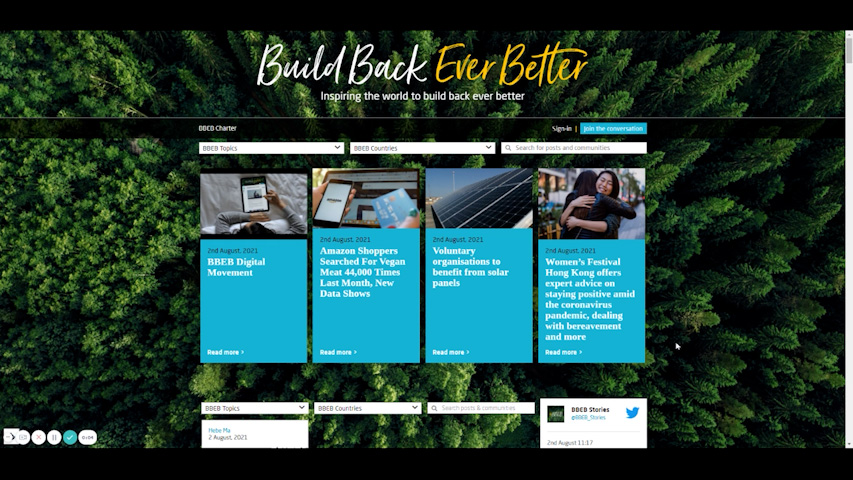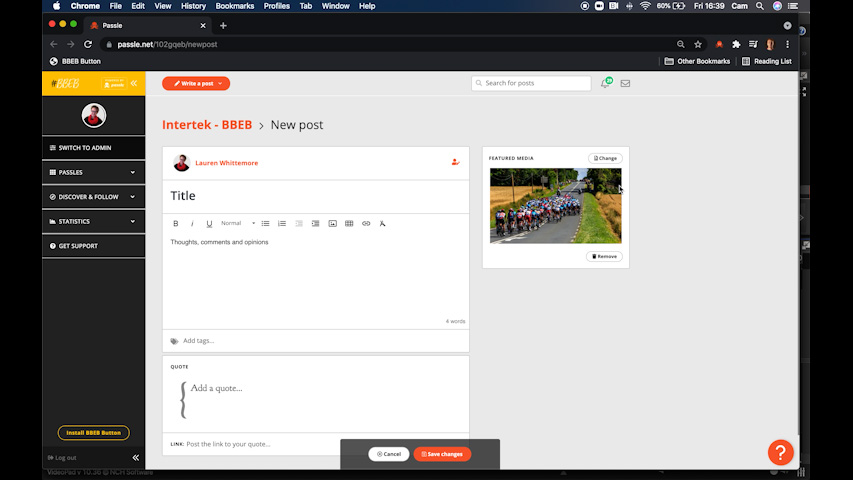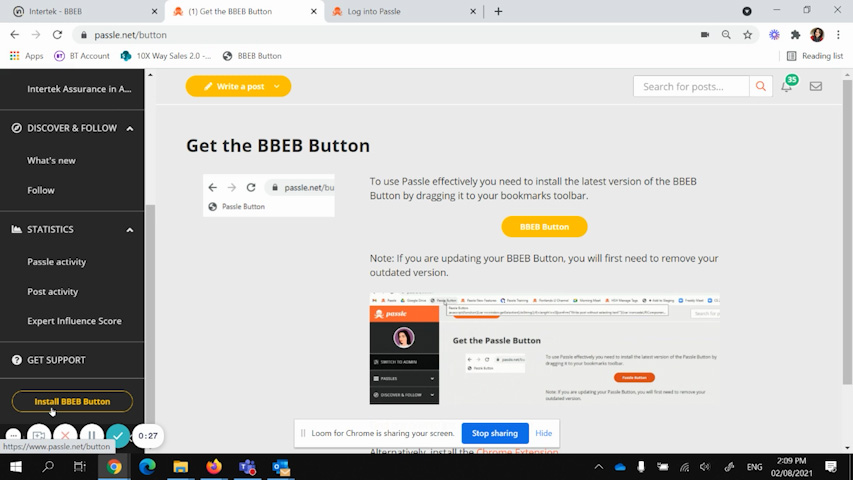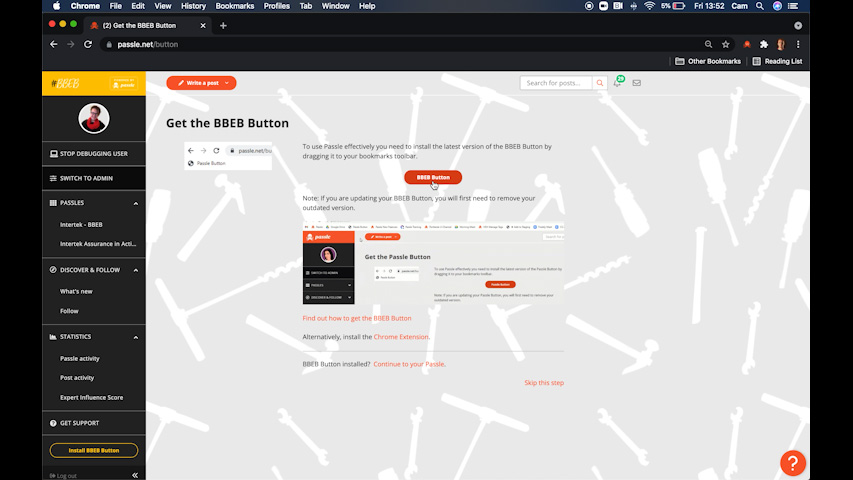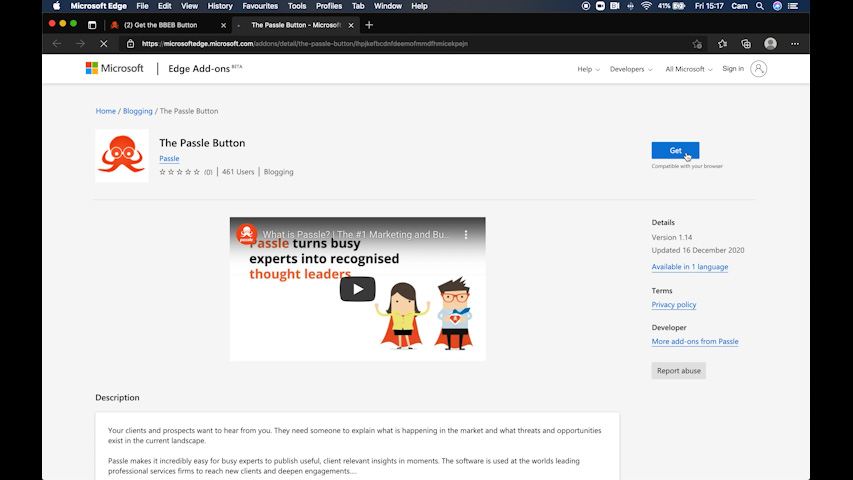Over the last few years, we have seen an increase in companies digitally engaging with consumers. For many, this has made accessing services easier and more convenient, however the vast majority of websites and applications are not accessible excluding 20% of the population
It’s estimated that consumer companies with inaccessible websites and digital strategies lose $6.9 billion annually as frustrated disabled consumers take their business to competitors.
The quote is from Bridging another digital divide: Accessibility for blind and low-vision consumers by McKinsey which explores the topic further.
An article in CIO.com reports that increasing regulation is driving digital accessibility up in priority for technology leasers.
During 2020, there was a 23% increase in lawsuits in the US for digital services that failed to comply with the Americans with Disabilities Act (ADA) of 1990. Among the organizations to be hit were education, entertainment, leisure, and retail organizations. According to UsableNet, a provider of specialist accessibility services, 20% of the companies hit with an ADA lawsuit had been sued at least once before under the same legislation.
Read the full article > Steps tech leaders are taking to meet new accessibility mandates | CIO (ampproject.org)
Many companies, such as Apple, Microsoft and Lego are benefiting from making their products digitally accessible. Companies that don't prioritise digital accessibility and disability inclusion will find themselves excluded from large parts of the market and at risk of falling foul of increasing legislation.
Not sure where to start with accessibility? check out Where do I start with Accessibility?
It’s estimated that consumer companies with inaccessible websites and digital strategies lose $6.9 billion annually as frustrated disabled consumers take their business to competitors
 unknownx500
unknownx500












